FORT BELVOIR, Virginia – From flying a fist-sized drone launched from the palm of your hand to detecting whether a drone is watching you and grounding it with a ray-gun like device, a host of acquired gear is being continually upgraded here by the Army’s Rapid Equipping Force.
But even systems that have only been in the hands of soldiers for less than two years are already on their third, fourth or fifth versions or have upgrades coming soon.
The REF looks at current needs of soldiers across the force with priority going to deployed units in a zero- to two-year time frame. Since their inception in 2002 they’ve covered a host of capability gaps from drone to counter-drone technologies to electronic warfare and underground fighting.
RELATED
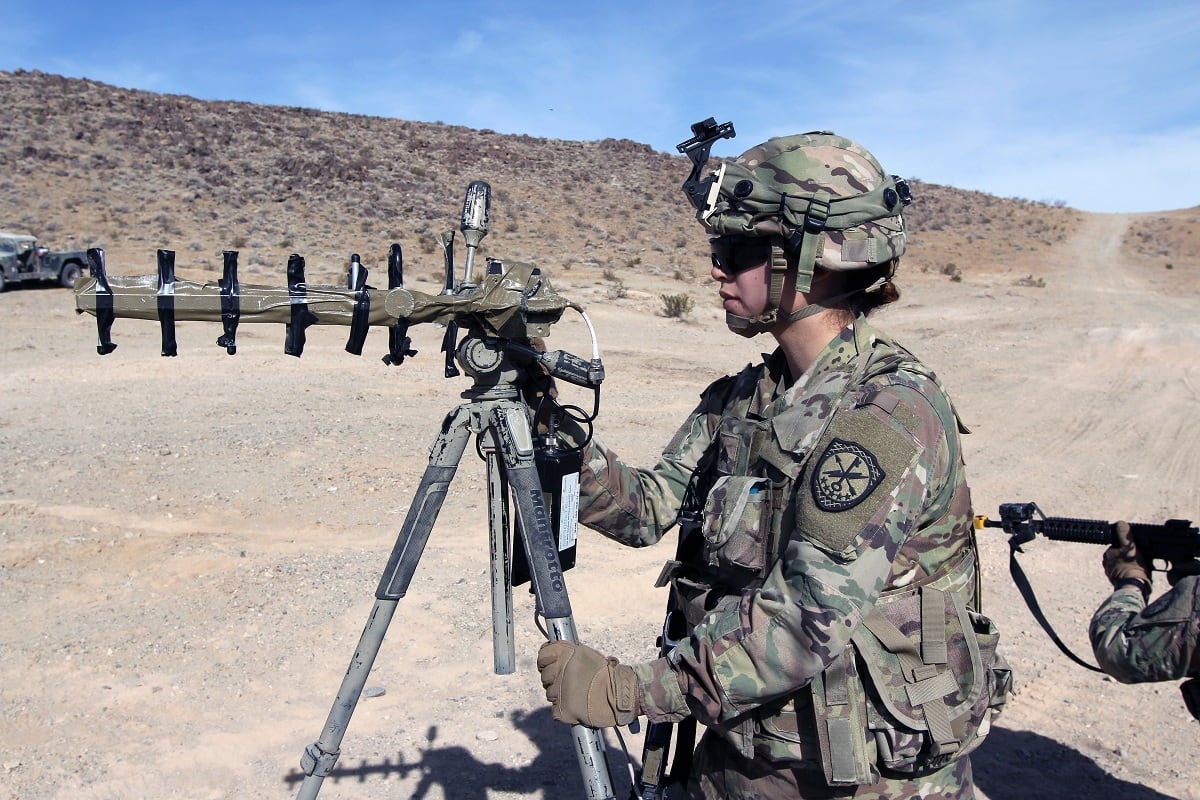
Their mission has a short attention span for a reason – they’re supposed to take a request identified by soldiers, find out what’s already out there, evaluate it and have it to the deployed unit within 180 days.
One piece of funky-looking gear that soldiers may have seen if deployed in recent years is the Drone Defender. The rifle-style counter-drone gun has multiple antenna and a backpack-sized battery.
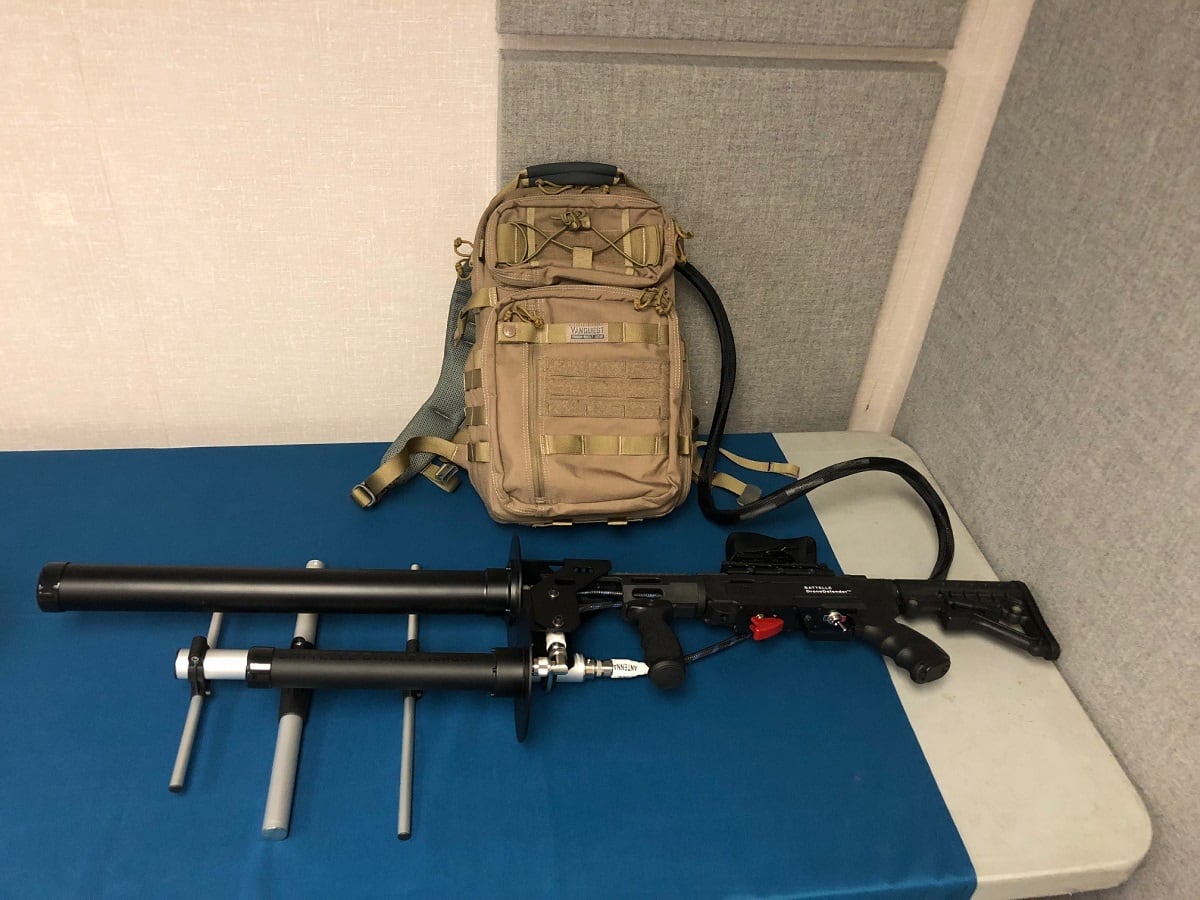
The newer version under development will integrate the battery into the gun, cutting down the number of items that a soldier needs to carry, said Sgt. 1st Class Mark Walker Jr., one of REF’s Outreach and Assessment NCOs.
The smaller but cooler-named Drone Buster is built to be more portable so that a turret gunner could use it from a concealed position, while the Drone Defender would more often be used on something like a guard tower at a Forward Operating Base, said Staff Sgt. Duryea Williams, also with REF.
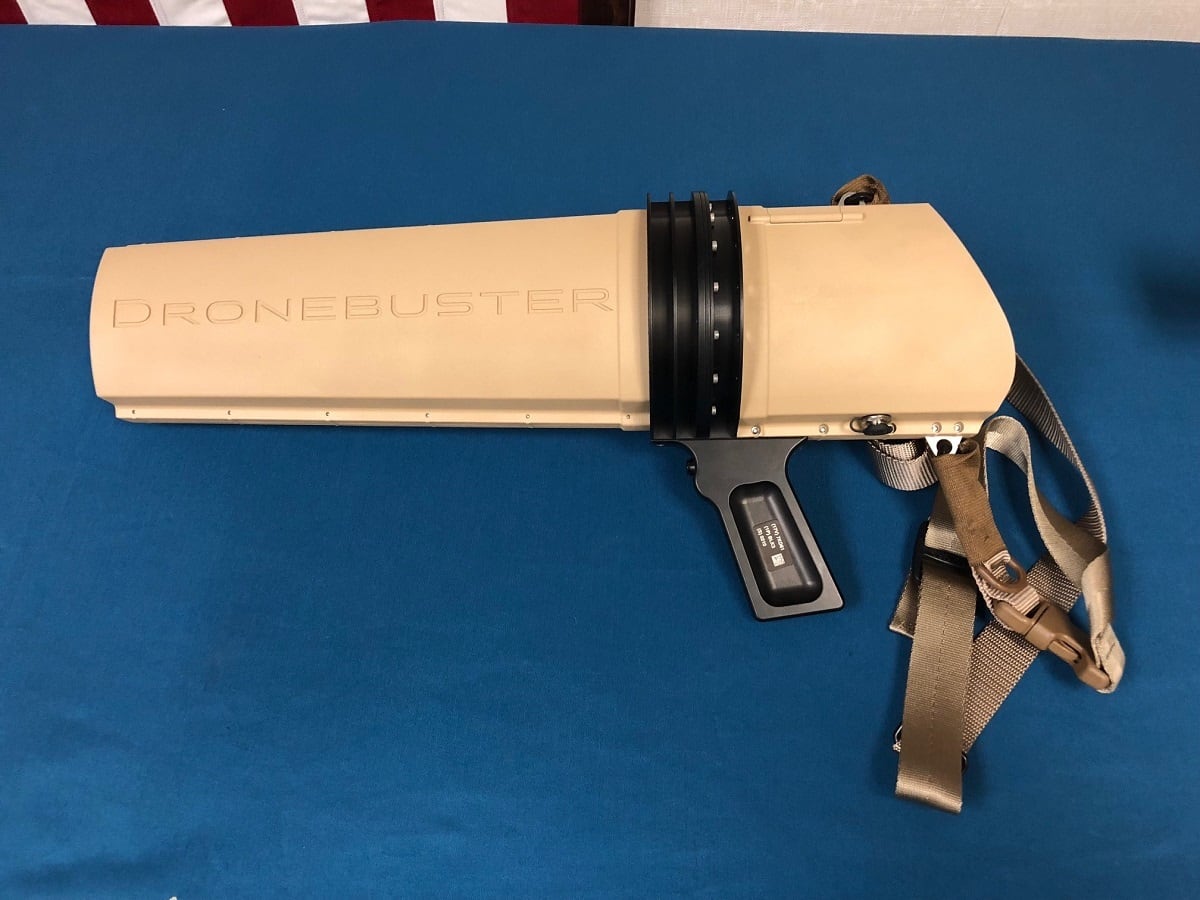
Both Williams and Walker dispelled misconceptions that drone defeat technologies such as the buster and defender “blast” a drone out of the sky. What the disrupters do is stop the drone from communicating with its ground controller.
And different drones will react in diverse ways, rising to higher altitudes to search and find the ground signal, simply flying away or grounding themselves.
Or, if a jammer can hold onto the drone long enough, running out of battery and crashing to the ground, said Sgt. 1st Class Rahamane Cisse, also with REF’s outreach.
The PD-100 “Black Hornet” is a helicopter-style mini-drone that flies silently and can barely be detected by the human eye at about 100 feet.
A newer version of the system that’s been used in Iraq and Afghanistan by dismounted soldiers for the past two years will be nearly twice the size of the current drone, which weighs just 18 grams. It can shoot video and take snapshots with the camera as compared to some other drone types that only do video.
The larger size will allow it to carry “payloads” a company official said last year, but did not specify the types of payloads.
Another drone, the generation IV Instant Eye drone has been in service only a year but is likely to see a newer version as developments on the fifth version are being tested that would reduce the size of its controller and allow for one-handed operation.

That controller may mark future developments for other drone systems, Walker said.
The Army is moving more toward a universal controller for drone systems throughout the force, Walker said.
A simple-looking piece of gear, the Wingman, doesn’t appear to have changed much since it was introduced two years ago. That’s because while the hardware remains the same, the software has been upgraded based on data gathered through multiple deployments.
Wingman version 1.5 allows the operator to attach an external battery, which solves the previous overheating problem – it shut down at 100 degrees.
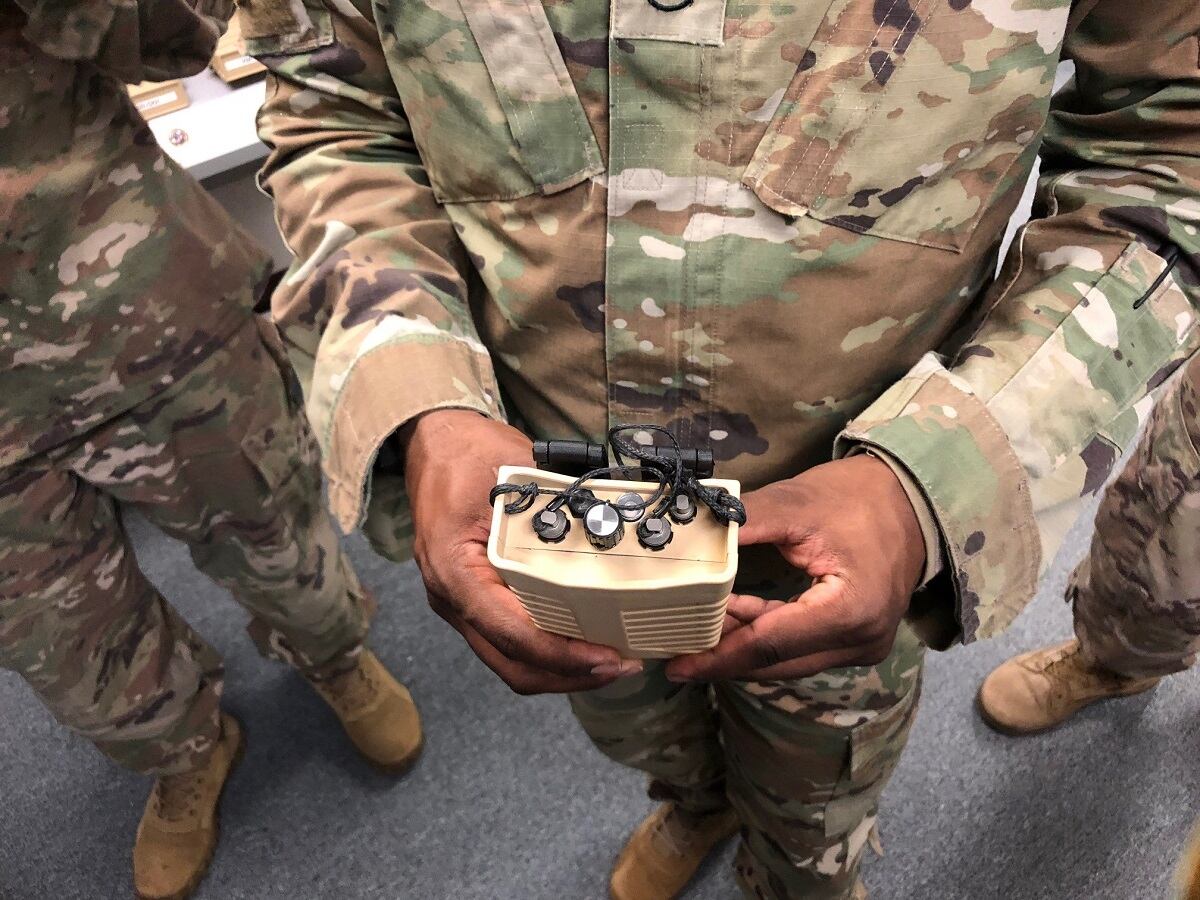
But an extra layer of detail is also now available: The device will flash lights, vibrate or sound an audible tone if it detects a drone in the area. The new software allows the user to hear a different tone for the drone and the drone control, said Cisse.
So, a soldier could know if they walk past a concealed location if there might be a drone operator hiding within.
Cisse also showcased the VMAX, a soldier-portable frequency device that can detect, record, intercept, direction find and jam a spectrum of radio frequencies. A previous version called the VROD only surveyed but could not jam frequencies.
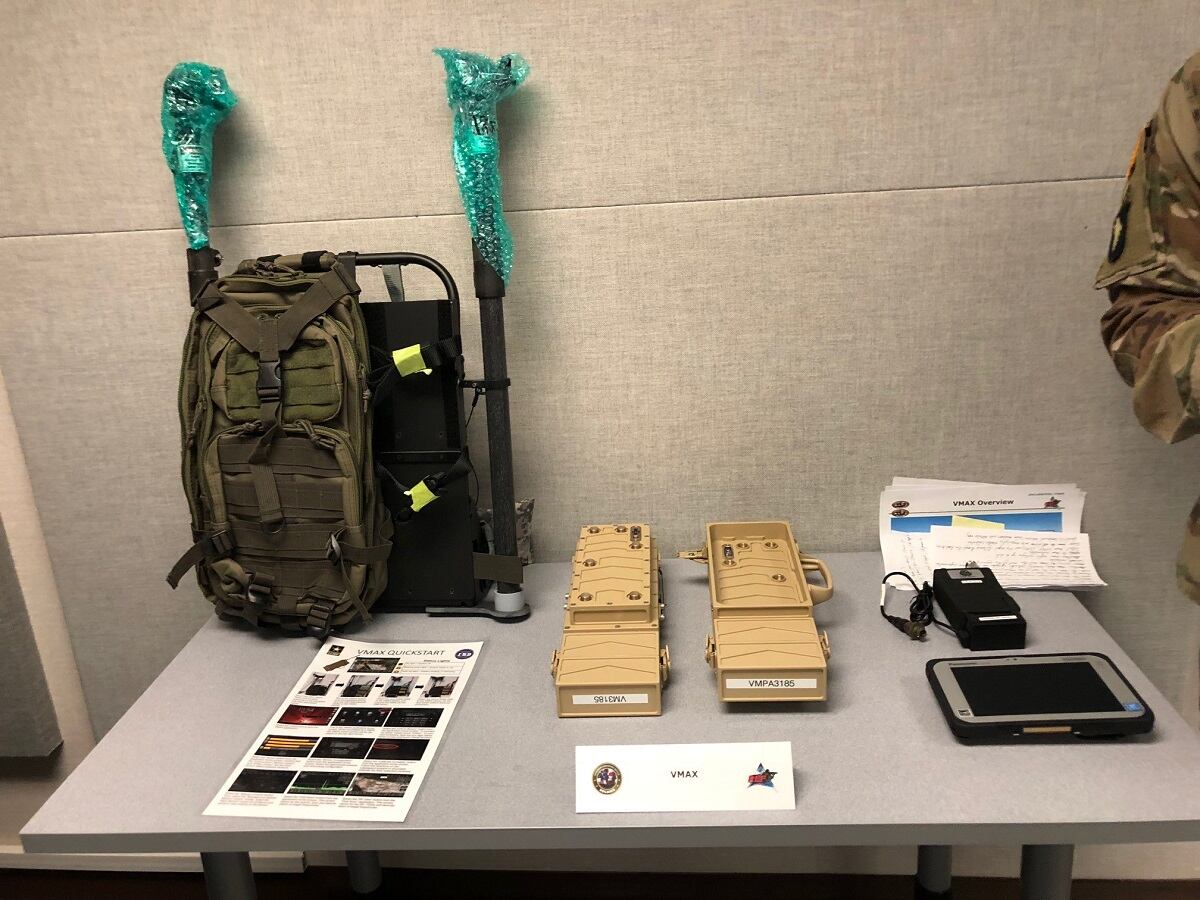
The sergeant said the VMAX program has tied together multiple devices in one system.
Though the individual components have been around the Army for several years, linking them gives operators more capabilities in one place, Walker said.
“It’s an ongoing, living, breathing system,” Walker said. “It’s just going to continue to adapt.”
Todd South has written about crime, courts, government and the military for multiple publications since 2004 and was named a 2014 Pulitzer finalist for a co-written project on witness intimidation. Todd is a Marine veteran of the Iraq War.








